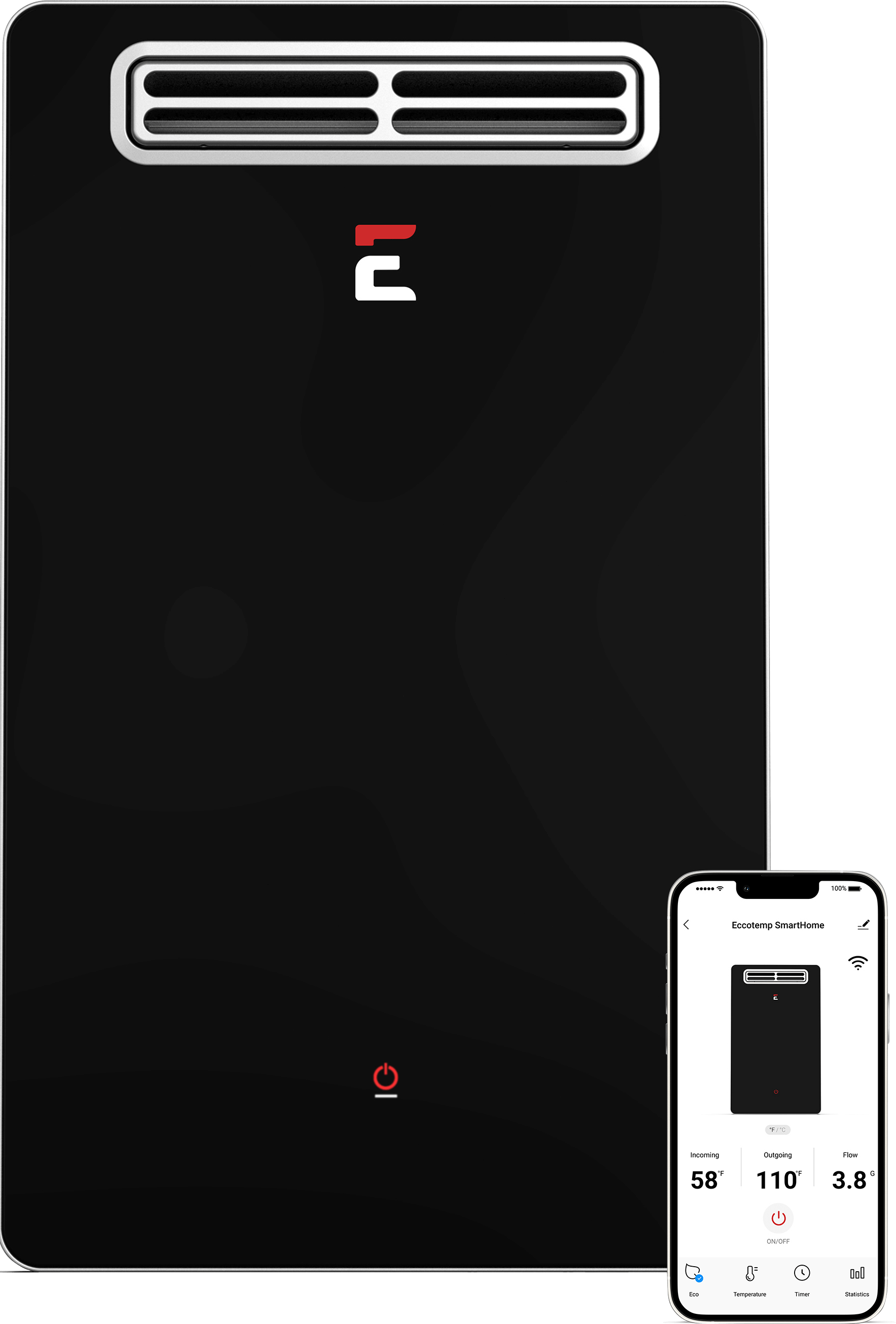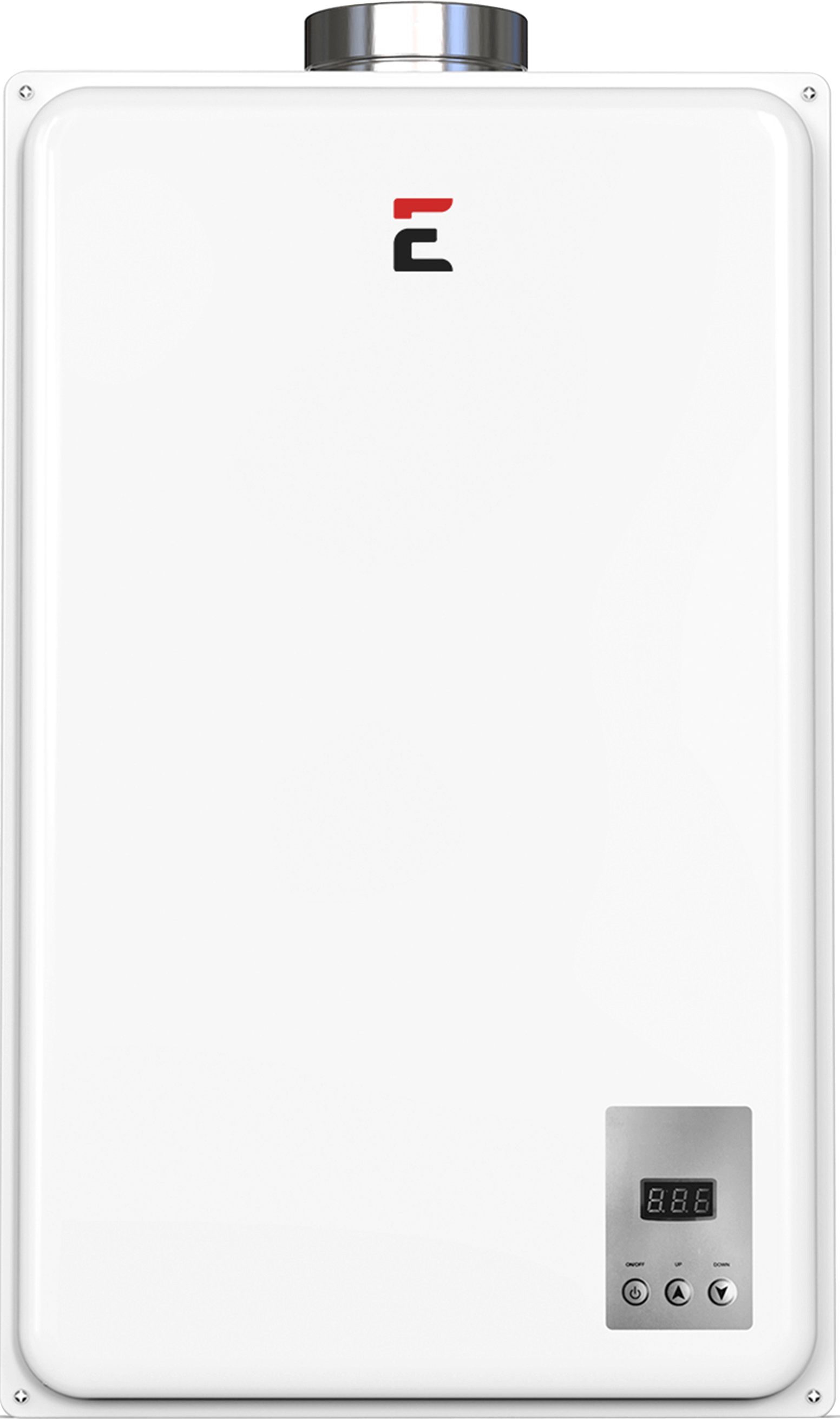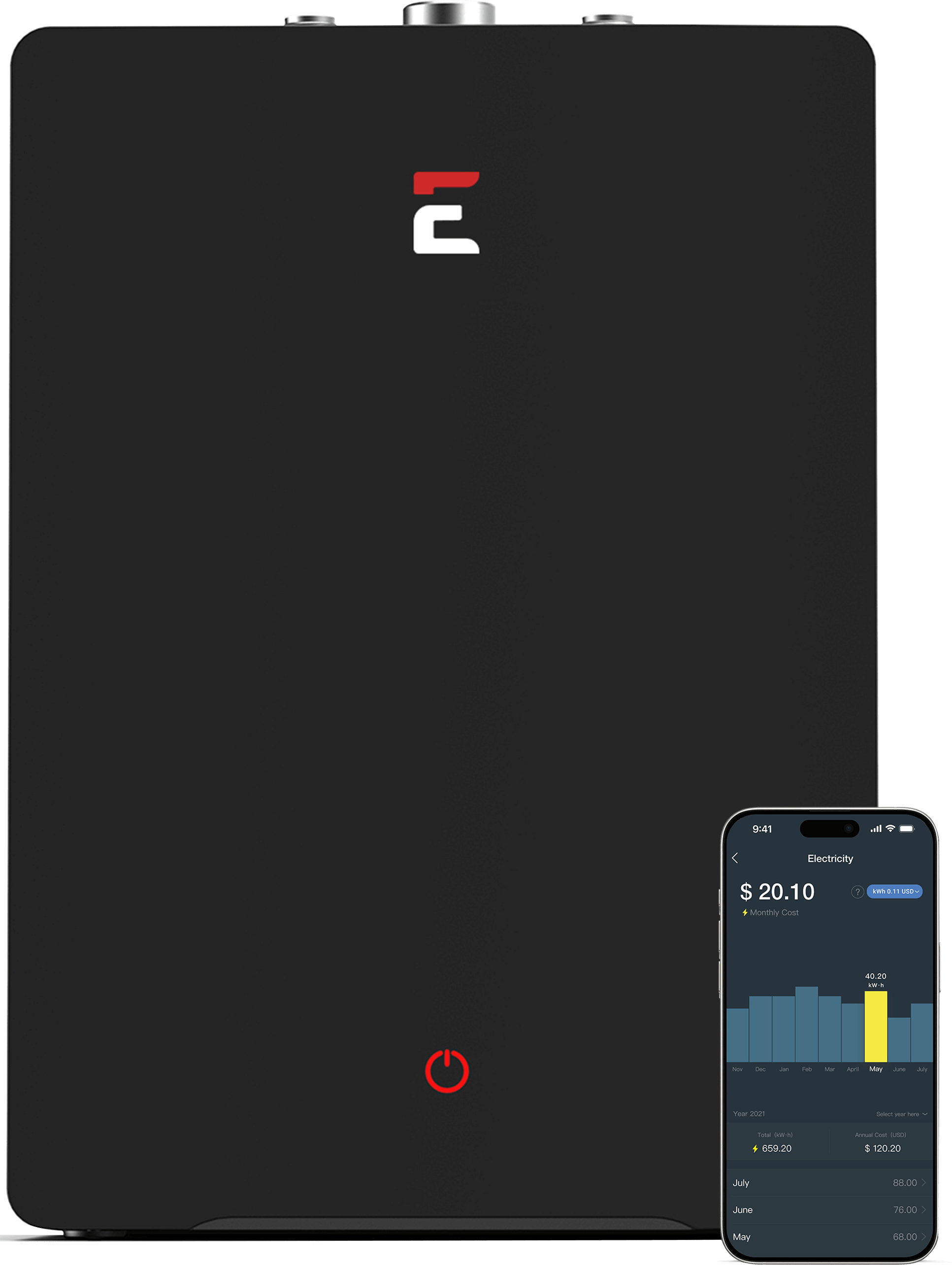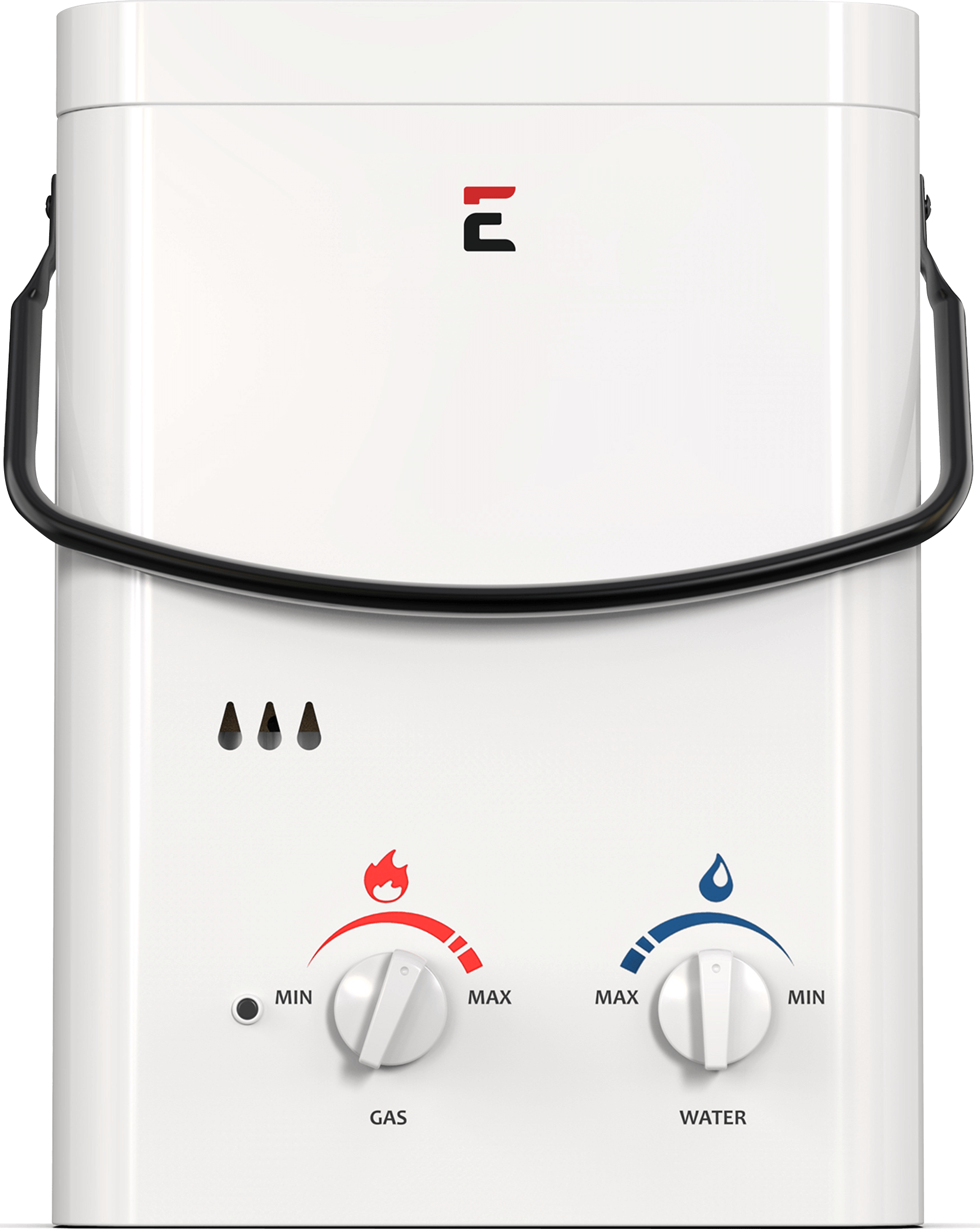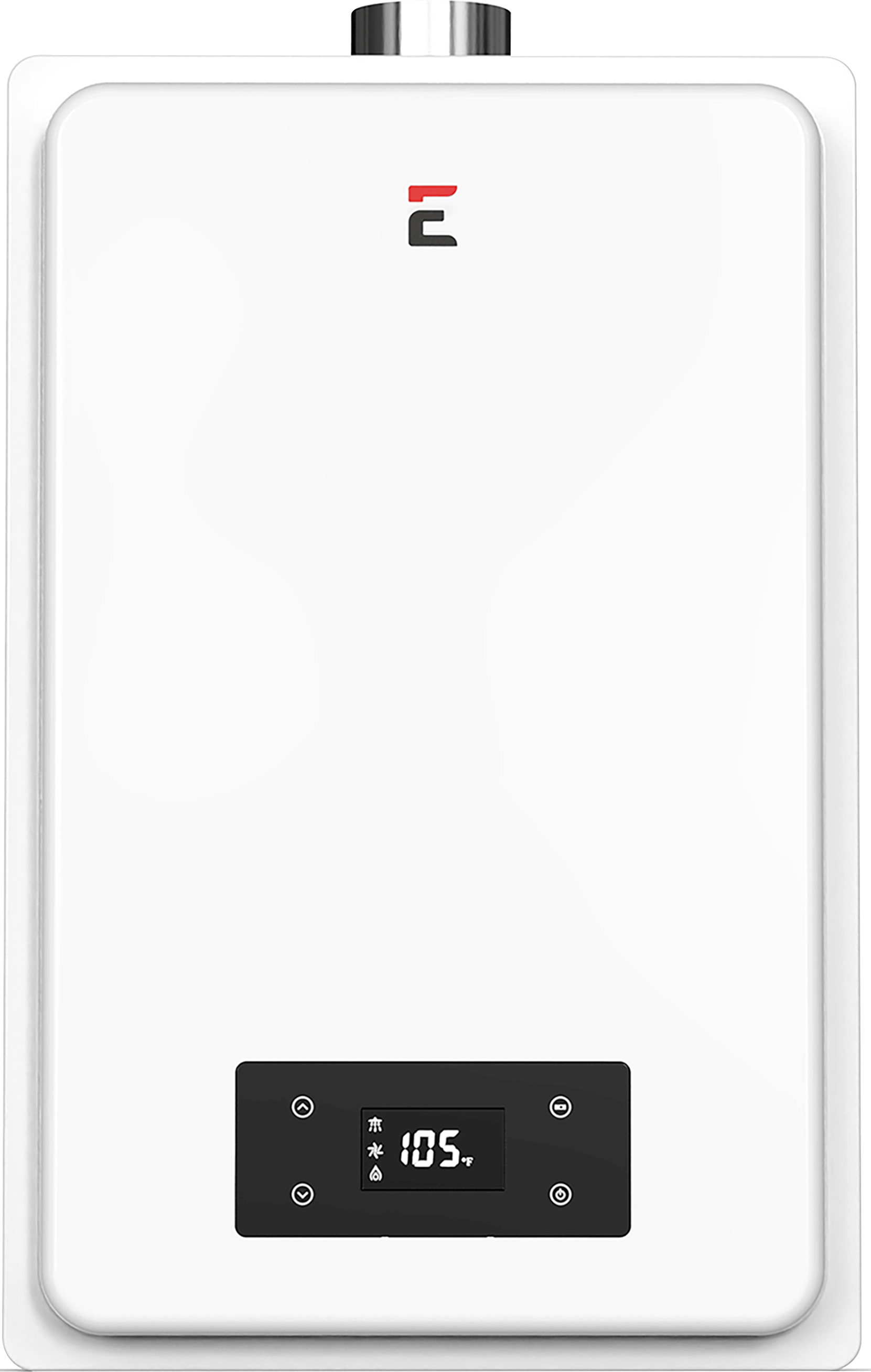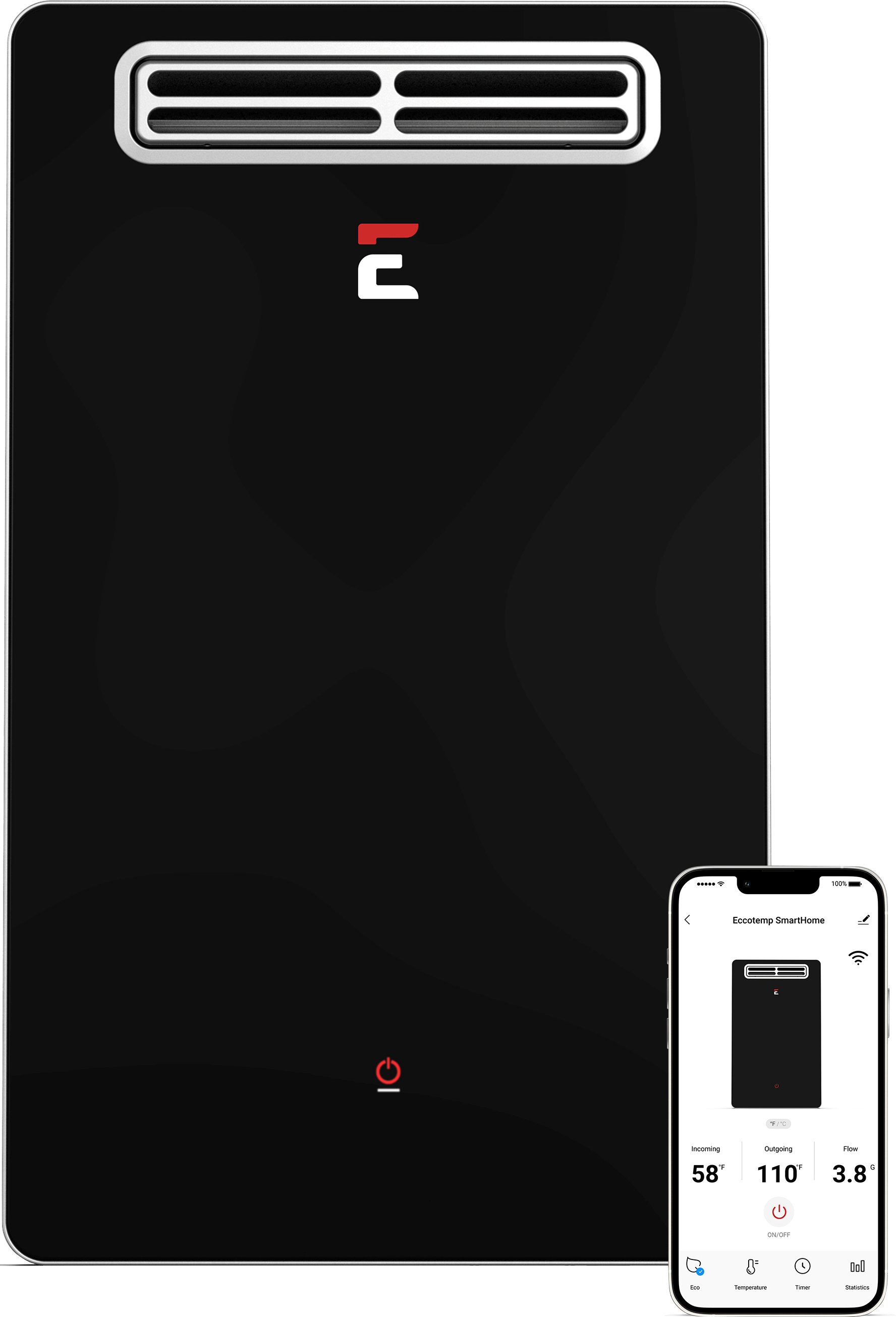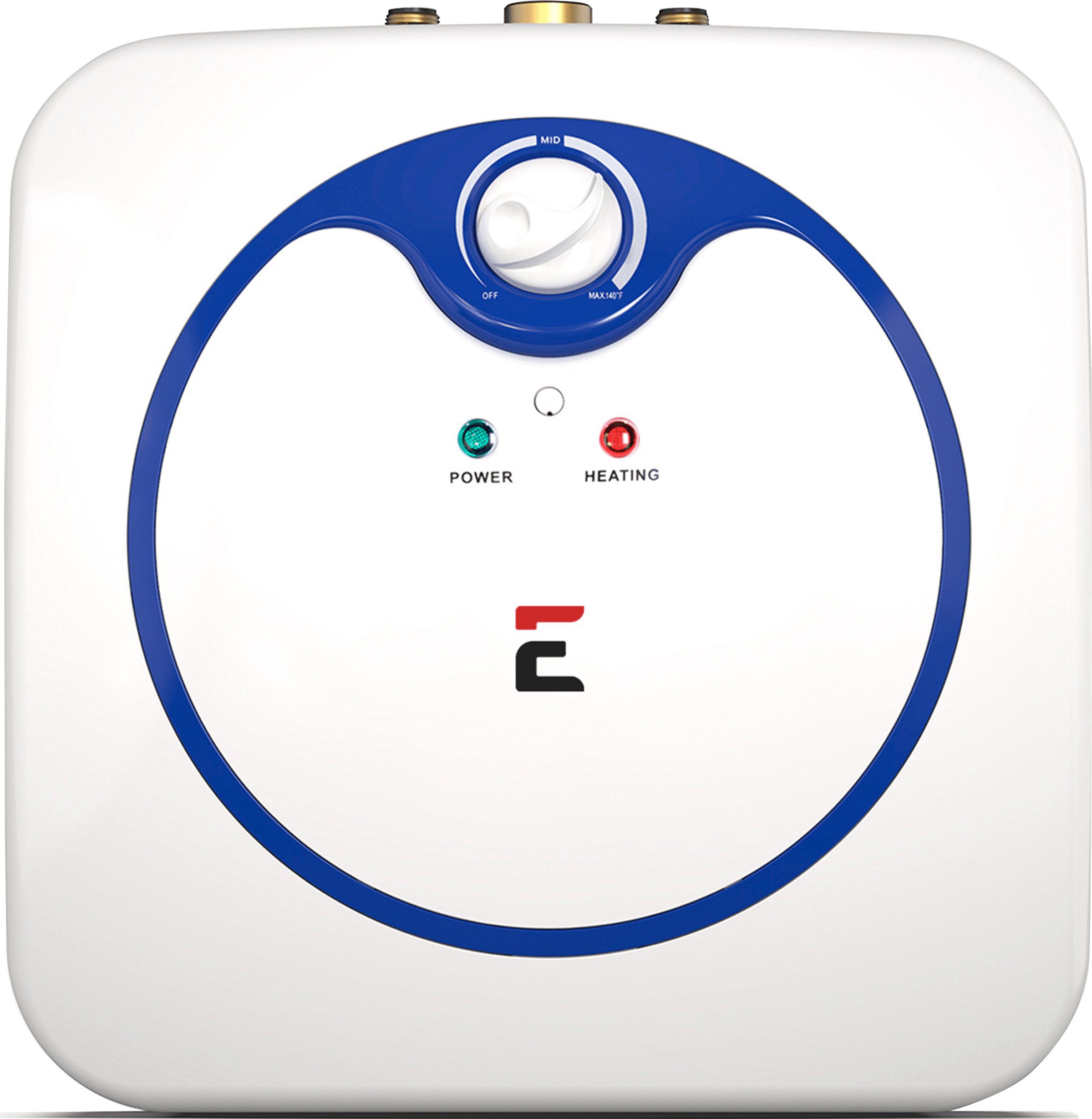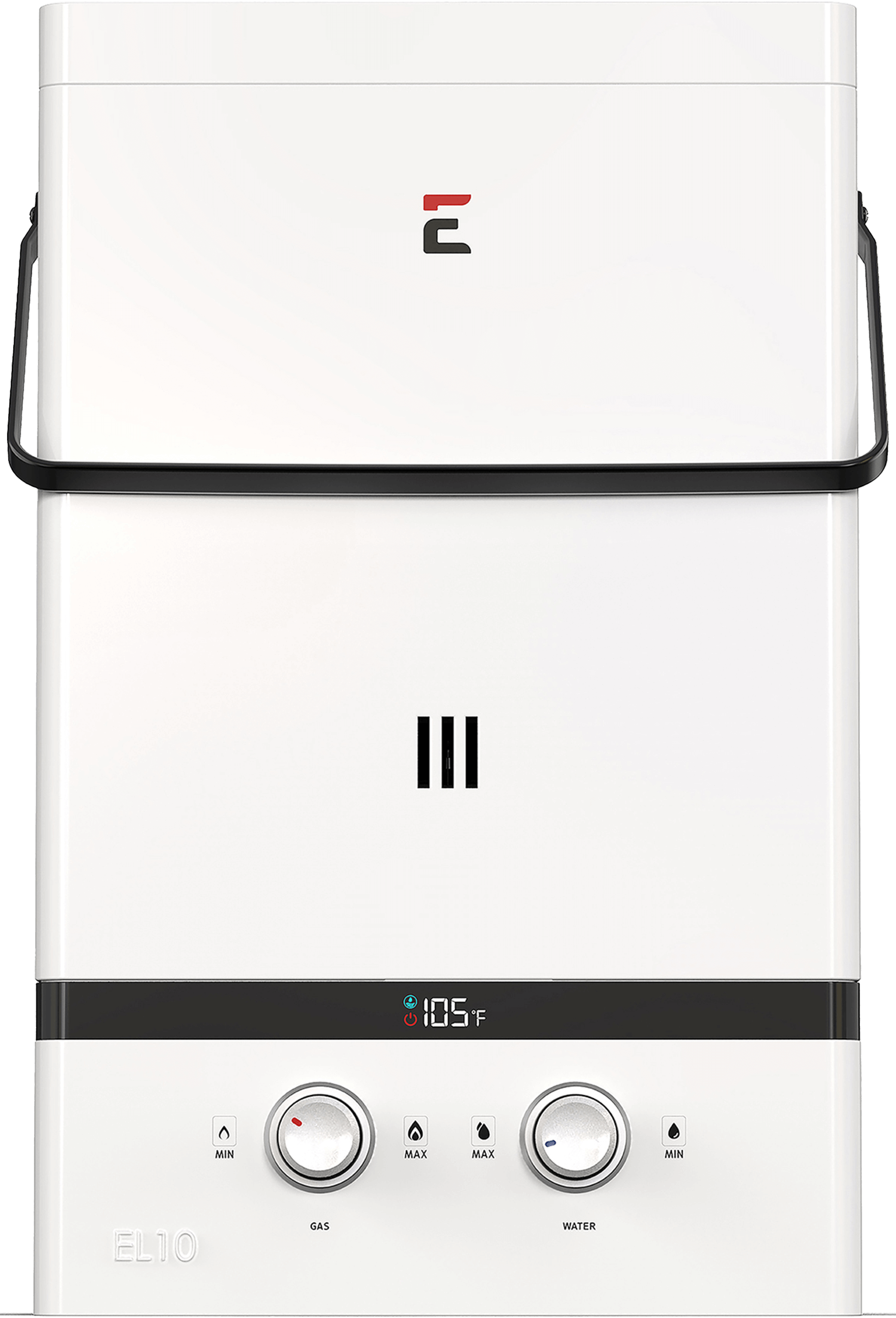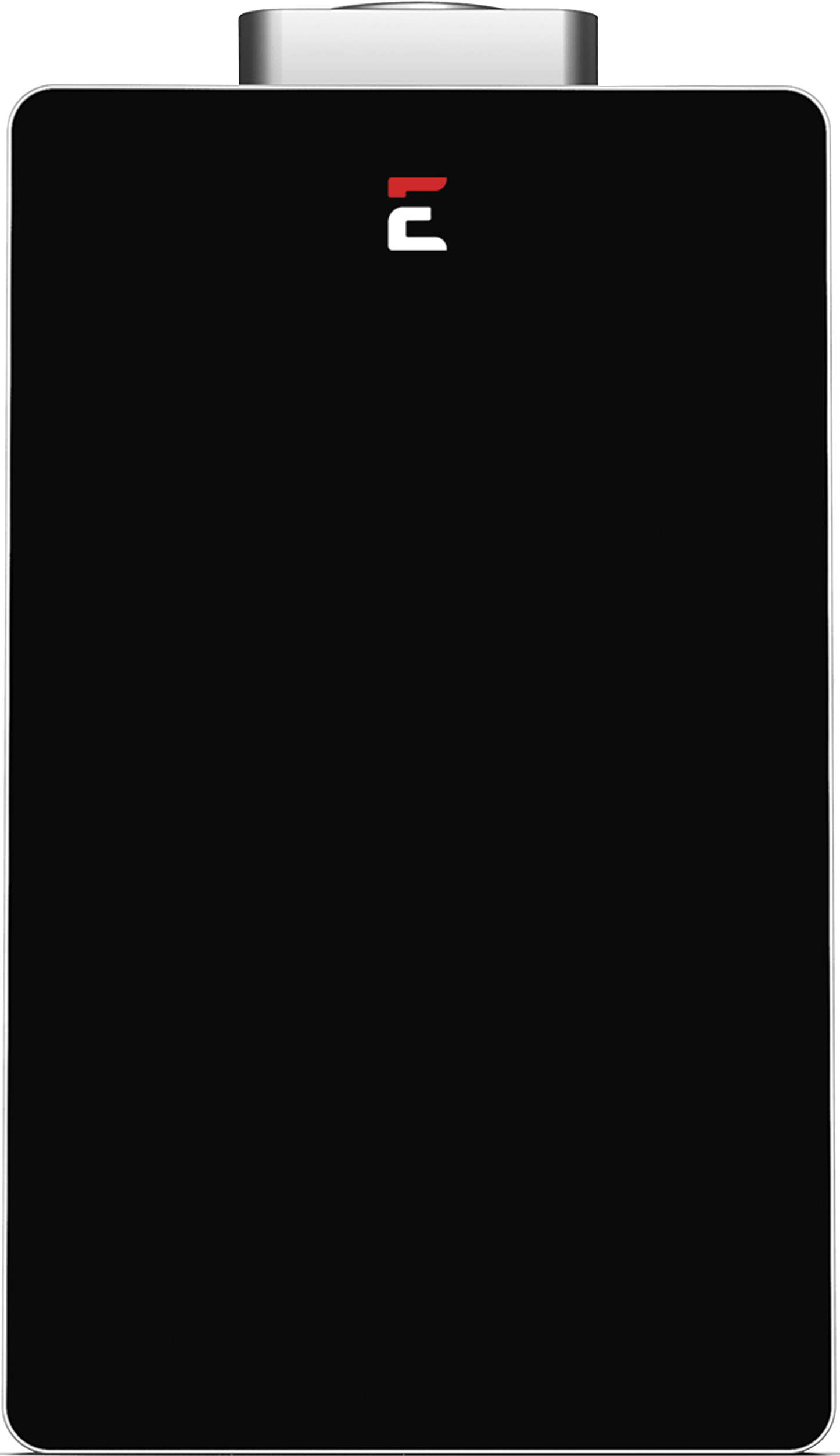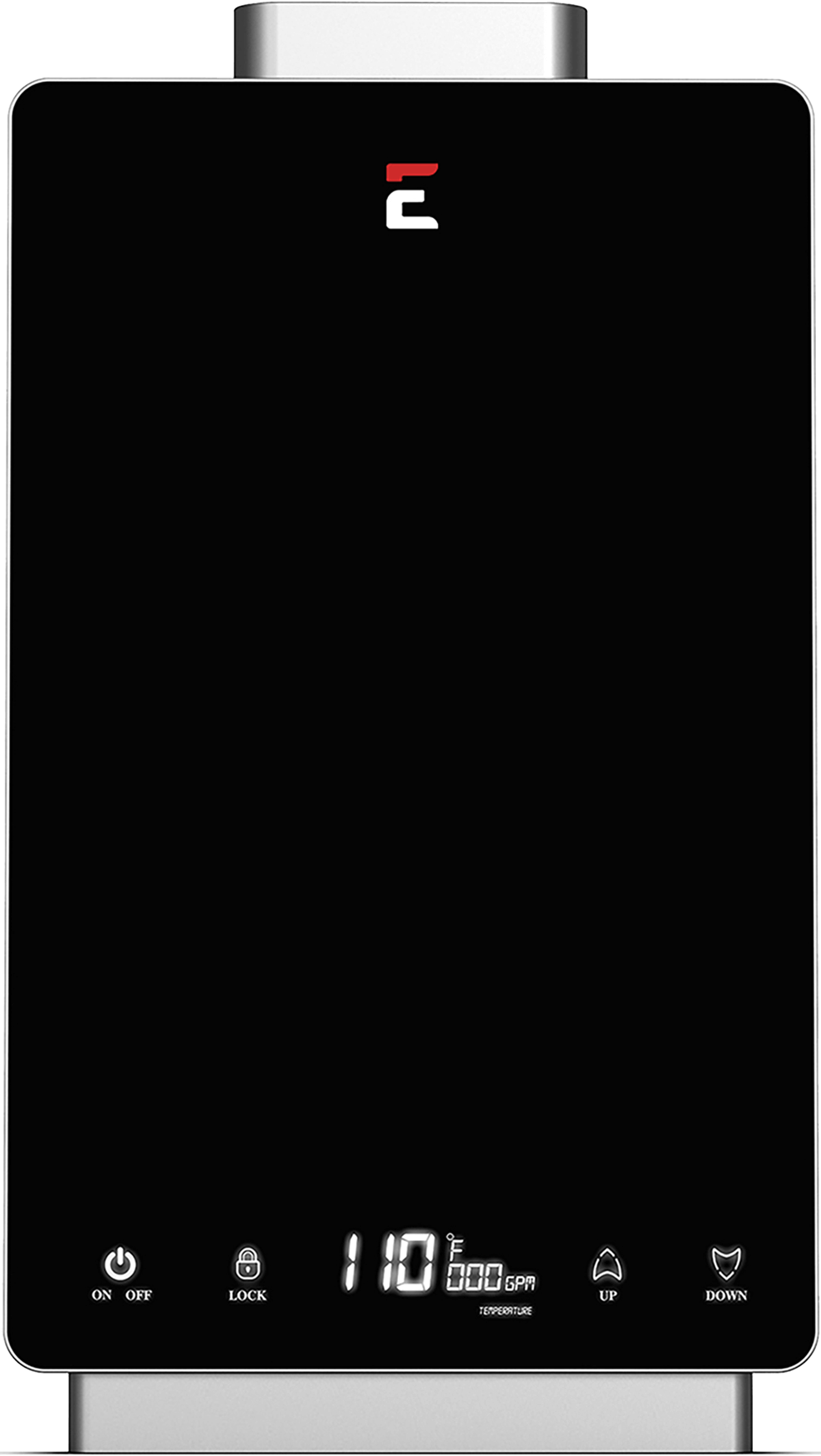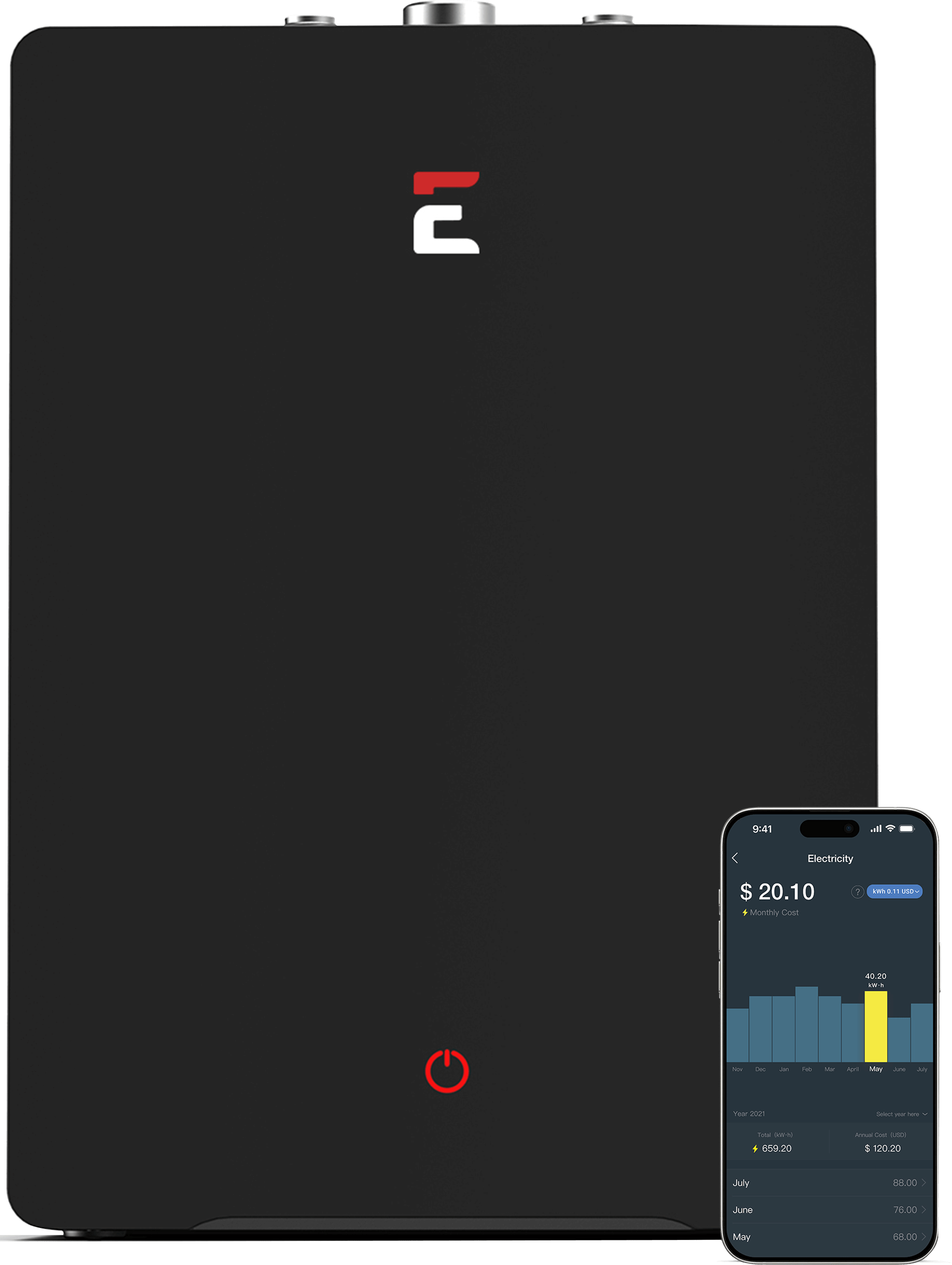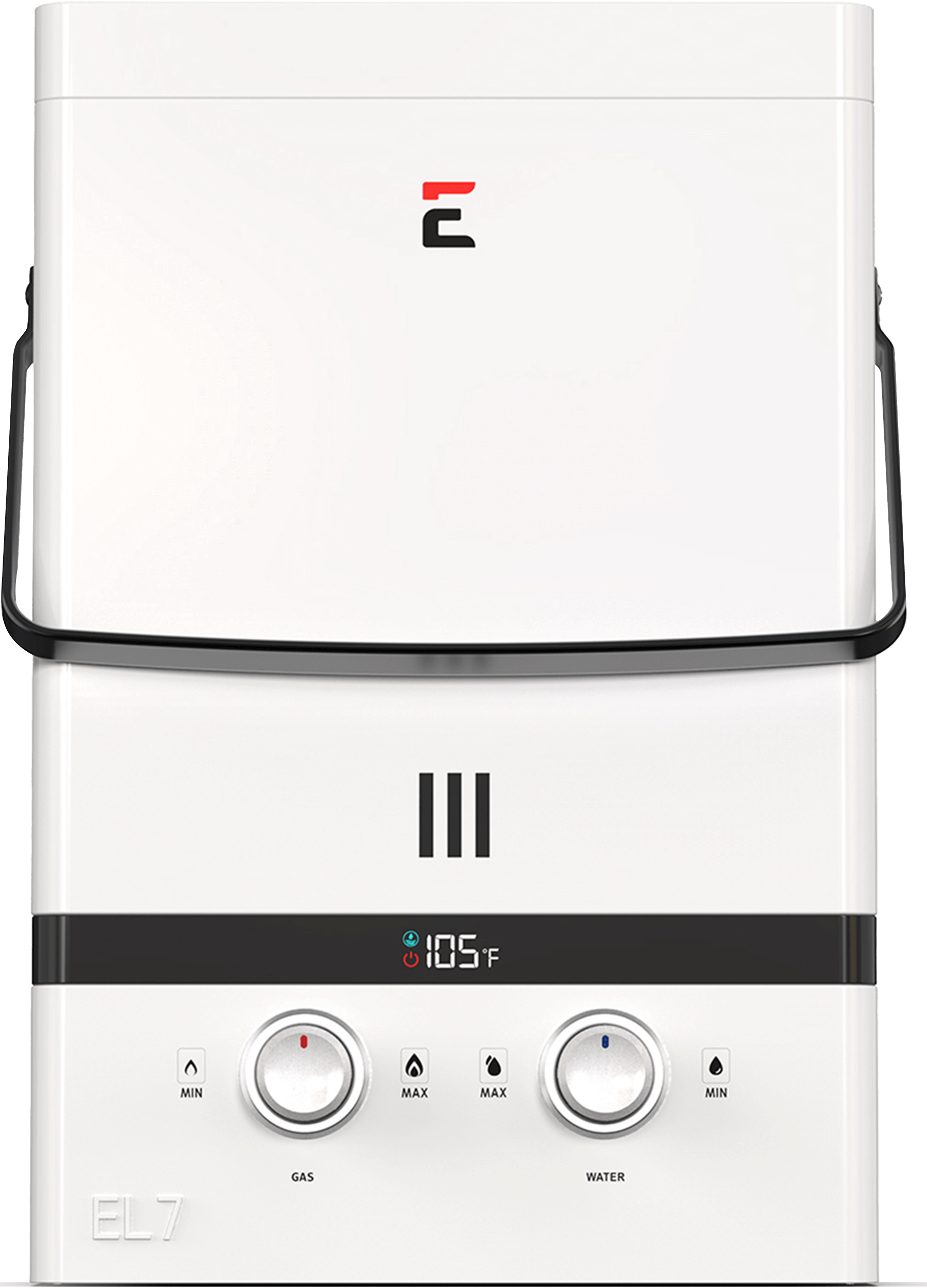Why Choose an Indoor Tankless Water Heater for Your Home
In today’s world, homeowners are constantly seeking smarter and more efficient ways to manage their household energy consumption. One area that often goes overlooked is water heating. Traditional water heating systems take up considerable space and energy—two valuable resources in any home. That’s where an indoor tankless water heater becomes a game changer.
If you're looking for an energy-efficient, space-saving solution that delivers continuous hot water on demand, a tankless system designed for indoor use is worth considering. Let’s explore the key benefits of making the switch, the technology behind modern models, and why Eccotemp indoor tankless water heaters are becoming a popular choice among forward-thinking homeowners.
What Is an Indoor Tankless Water Heater?
An indoor tankless water heater is a compact water heating solution designed to be installed inside your home, typically on a wall in a utility room, basement, or garage. Unlike traditional systems that store hot water in a large tank, a tankless heater heats water directly as it flows through the system. This “on-demand” technology means you only use energy when hot water is needed.
The Top Advantages of Going Tankless Indoors
Switching to a tankless water heating system can offer several long-term benefits, especially when choosing a model tailored for indoor environments.
Energy Efficiency That Reduces Monthly Bills
One of the most compelling reasons to choose an indoor tankless water heater is its remarkable energy efficiency. Traditional storage water heaters waste energy by continuously maintaining a hot water supply, even when you're not using it. Tankless models only activate when you turn on a hot water tap, significantly reducing energy consumption.
Eccotemp indoor models, for instance, feature advanced technology that optimizes gas and water usage. Many are rated with high energy factor scores and are compatible with modern smart home setups, enabling users to monitor and control their usage via smartphone apps.
According to the U.S. Department of Energy, homes that use 41 gallons or less of hot water daily can see energy savings of 24–34% when using a tankless water heater.
Space-Saving Design for Modern Homes
Space is often a premium in urban homes, condos, and compact residential layouts. Traditional water heaters with bulky tanks can occupy several square feet of valuable floor space.
Indoor tankless water heaters are typically wall-mounted, freeing up floor space and contributing to a more streamlined utility area. Eccotemp’s indoor models are designed with minimalism and efficiency in mind, offering powerful performance in a sleek, space-conscious form.
Endless, Continuous Hot Water When You Need It
Say goodbye to running out of hot water mid-shower. One of the standout features of a tankless water heater is its ability to provide continuous hot water on demand. As long as there is a flow of cold water, the heater will produce hot water instantly, making it a perfect solution for busy households, large families, or homes with multiple bathrooms.
This feature also comes in handy during laundry days, when running multiple appliances or having back-to-back showers would otherwise deplete a traditional water heater’s supply.
Eccotemp’s line of indoor tankless models ensures that hot water is always ready, whenever and wherever it’s needed in your home.
Lower Risk of Water Damage
Traditional tank-based water heaters can leak over time, especially as they age. A burst tank can cause extensive water damage, leading to costly repairs and potential mold growth. Since tankless water heaters don’t store water, the risk of catastrophic leaks is significantly reduced.
Indoor tankless water heaters from Eccotemp are engineered with built-in safety features such automatic shut-off valves to further minimize risk and offer homeowners peace of mind.
Smart Features for the Connected Home
Many of today’s indoor tankless water heaters, especially from leading brands like Eccotemp, come equipped with smart features that integrate seamlessly with smart home systems. Whether it’s adjusting temperature settings remotely, or monitoring energy usage via a mobile app, these features offer unmatched convenience and control. Check more about our Smart Home Technology here.
Eccotemp’s Smart Home Series, for example, allows homeowners to monitor and optimize water heating performance from anywhere, ensuring efficiency and timely maintenance.
Key Considerations Before Installation
While the benefits are clear, it’s important to evaluate your household’s specific needs and existing infrastructure before installing an indoor tankless water heater.
Water Demand and Flow Rate
Different models provide varying flow rates, typically measured in gallons per minute (GPM). A smaller household with one bathroom may only need a model rated for 4–4 GPM, while larger homes with multiple fixtures in use simultaneously may require a system capable of 6–7 GPM.
Fuel Type
Most indoor tankless water heaters run on natural gas or propane. Make sure your home is equipped with the necessary fuel lines or tanks. Eccotemp offers propane-compatible indoor models, ideal for homes in rural or off-grid locations.
Ventilation Requirements
Since indoor tankless water heaters burn fuel to generate heat, proper ventilation is essential. Many models can be paired with our vent kit systems to safely expel combustion gases outside. It is important that you use the proper venting materials when opting for indoor installations as using anything other than approved stainless steel will void your warranty and can cause damage to your water heater resulting in voiding your warranty. . Eccotemp provides complete installation kits and support, making it easier to set up your indoor system in compliance with safety standards.
Why Eccotemp Indoor Tankless Water Heaters Stand Out
With so many options on the market, why are Eccotemp indoor models gaining popularity among homeowners and professionals?
Innovative Technology
Eccotemp continuously develops technology that enhances performance, safety, and usability. From energy-saving modes to smart app control, the brand ensures that each indoor heater aligns with modern home needs.
Exceptional Customer Support
Eccotemp provides a full range of resources, including installation guides, video tutorials, and technical support. This helps ensure a smooth installation process and long-term reliability. Eccotemp even offers pre-installation calls to ensure you have all the proper materials to get the job done correctly. But, as always we recommend consulting with a professional when you go to install the heater.
Affordable Options for Every Home
Whether you’re upgrading a single-bathroom home or outfitting a multi-story residence, Eccotemp has indoor models to suit different budgets and flow rate requirements without compromising on quality or efficiency.
Indoor Tankless Water Heater vs. Outdoor Models
While both indoor and outdoor tankless heaters provide on-demand hot water, they serve slightly different needs. Indoor models are better suited for colder climates, as they are better protected, but not 100% completely protected from freezing temperatures as cold air can enter through the ventilation if not vented properly or winterized to prevent freezing.
Eccotemp’s indoor lineup includes models with advanced freeze protection and sealed combustion systems, making them well-suited for homes across North America and Canada.
Real-World Scenarios: Who Benefits Most?
Young families: With morning showers, dishwashing, and laundry happening all at once, continuous hot water becomes a must-have convenience.
Home renovators: Replacing an old tank heater during a home remodel is a perfect opportunity to install a modern, space-saving indoor tankless heater.
Tiny homes and small apartments: With limited space, wall-mounted systems open up room for other utilities or storage.
Eco-conscious homeowners: Reducing energy consumption and carbon footprint is easier with high-efficiency indoor models that use water and gas only when needed.
Conclusion: A Smart Move for the Modern Home
Choosing an indoor tankless water heater is more than just a smart upgrade—it’s an investment in efficiency, convenience, and long-term value. From saving energy and space to enjoying continuous hot water, the benefits speak for themselves.
With trusted names like Eccotemp offering reliable, high-performance models tailored to a variety of household needs, it’s easier than ever to make the switch. Whether you’re building a new home, renovating an existing one, or simply looking to lower your utility bills, going tankless indoors is a decision you won’t regret.
Ready to Upgrade?
Explore Eccotemp’s full range of indoor tankless water heaters to find the perfect solution for your home. Visit www.eccotemp.com to compare models, check installation guides, and discover smart features that bring hot water—and energy savings—to your fingertips.
Indoor Tankless Water Heater FAQ
1. What are the primary benefits of indoor tankless water heaters?
Indoor tankless water heaters save space thanks to their compact, wall-mounted design. They provide endless hot water on demand, increase energy efficiency by eliminating standby heat loss, offer precise temperature control, and reduce the risk of water damage compared to traditional storage tanks.
2. How much energy can I save with a tankless water heater?
For households that use less than 41 gallons of hot water daily, tankless water heaters can be 24% to 34% more energy-efficient than traditional models. In homes with higher daily usage, savings can increase up to 27% to 50%, especially when multiple demand water heaters are used.
3. Are indoor tankless water heaters reliable and long-lasting?
Yes, indoor tankless water heaters are built for longevity and reliability. They typically last over 20 years—about twice the lifespan of traditional water heaters—and feature replaceable components to extend their service life even further.
4. What kind of hot water flow performance can I expect?
Indoor tankless water heaters are designed to handle multiple hot water demands at once. Eccotemp’s mid-sized indoor models typically offer flow rates ranging from 4.0 to 6.0 gallons per minute (GPM), allowing for simultaneous use in showers, dishwashers, and washing machines without losing performance.
5. How do tankless water heaters deliver consistent temperature and comfort?
Tankless water heaters use modulating burners or electric elements that adjust heating power based on demand. Many models also include temperature-compensation or bypass valves, which help maintain a stable water temperature even when flow rates vary.
6. What are the installation considerations for indoor tankless water heaters?
Installing a tankless water heater indoors may require upgrades to existing plumbing or gas lines, proper ventilation for gas models, and access to a power source. It's also important to ensure that gas pressure and pipe sizing meet the manufacturer's requirements for safe and efficient operation.
7. What maintenance is required?
To maintain peak performance, indoor tankless water heaters should be flushed every 6 to 12 months to prevent scale buildup. Cleaning inlet water filters and inspecting connections regularly will also help maintain energy efficiency and protect the water heater’s warranty.
8. Are indoor tankless water heaters smart-home compatible?
Yes. Many indoor tankless water heaters, including Eccotemp models, come with Wi-Fi connectivity, mobile app control, and voice assistant support via Alexa or Google Home. These features allow for remote temperature adjustments, usage monitoring, and maintenance alerts.
9. Do tankless water heaters reduce the risk of water damage?
Yes, tankless water heaters do not store large volumes of water, which significantly reduces the risk of major leaks or water damage. However, it’s still important to inspect plumbing and fittings regularly to catch any minor issues early.
10. Who is the ideal candidate for an indoor tankless water heater?
Indoor tankless water heaters are ideal for homeowners who want to save space, enjoy continuous hot water, reduce energy consumption, integrate smart-home features, and minimize the risk of water-related damage.
 Weekly Deals
Weekly Deals
 Water Heaters
Water Heaters
 Accessories
Accessories
 Installation
Installation
 Parts
Parts
 Protection Plans
Protection Plans
 Final Sale
Final Sale













